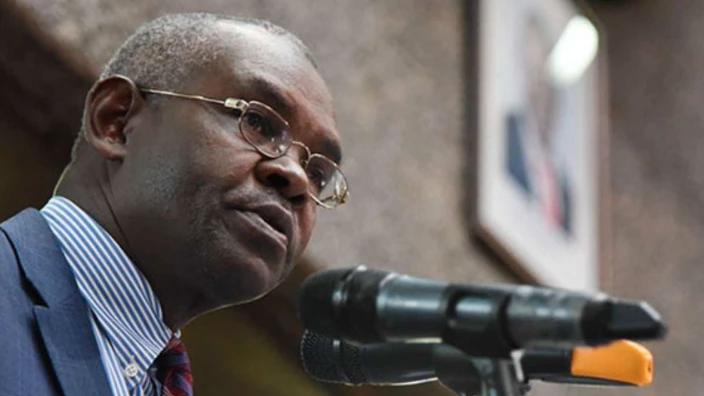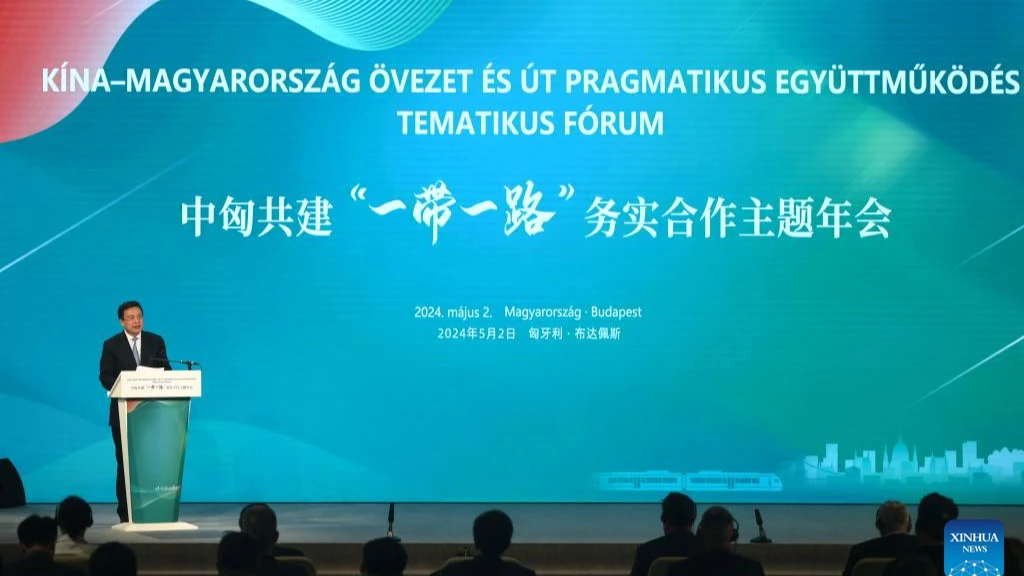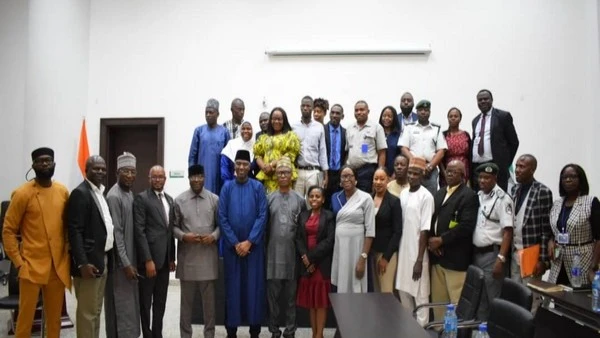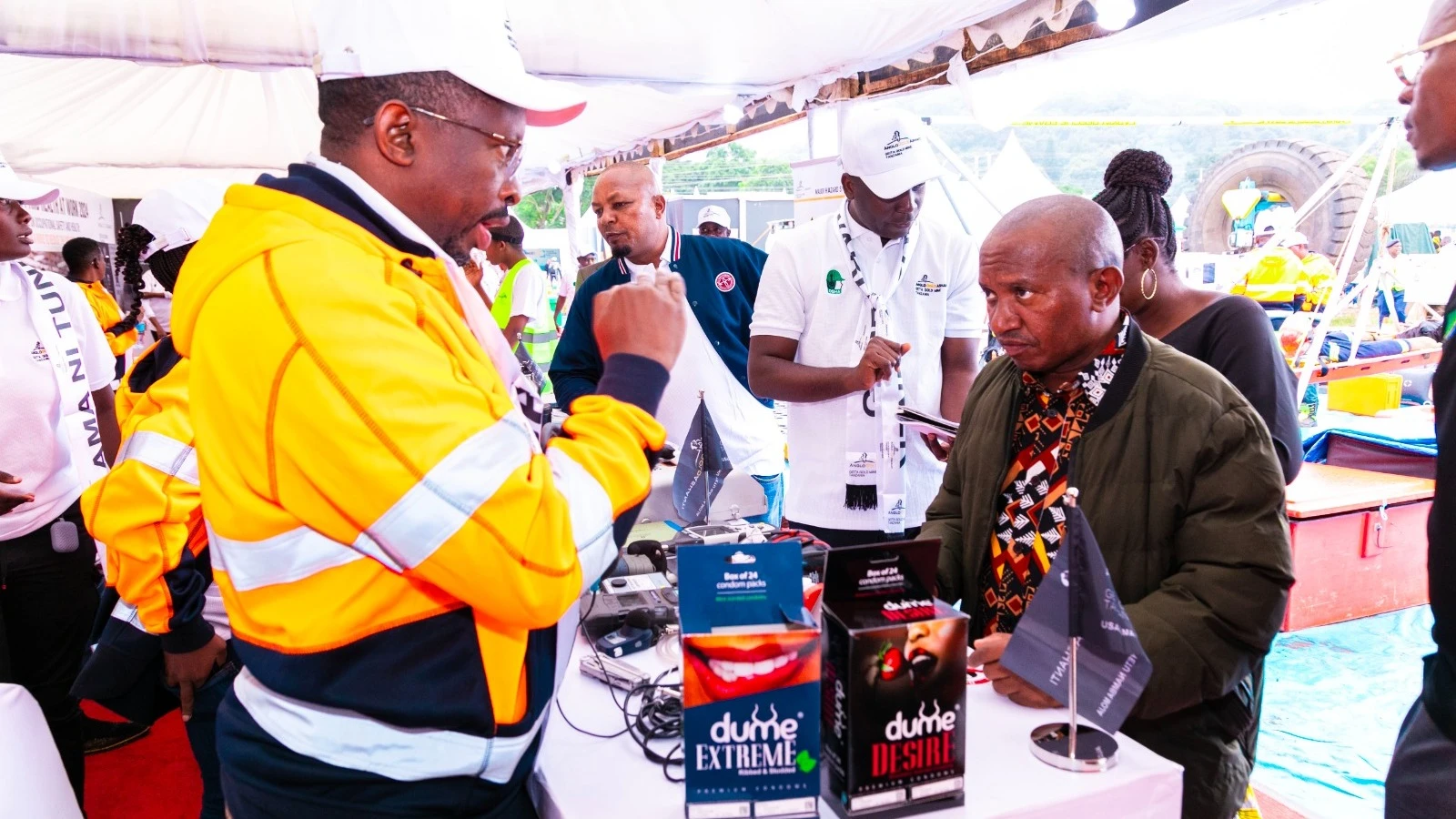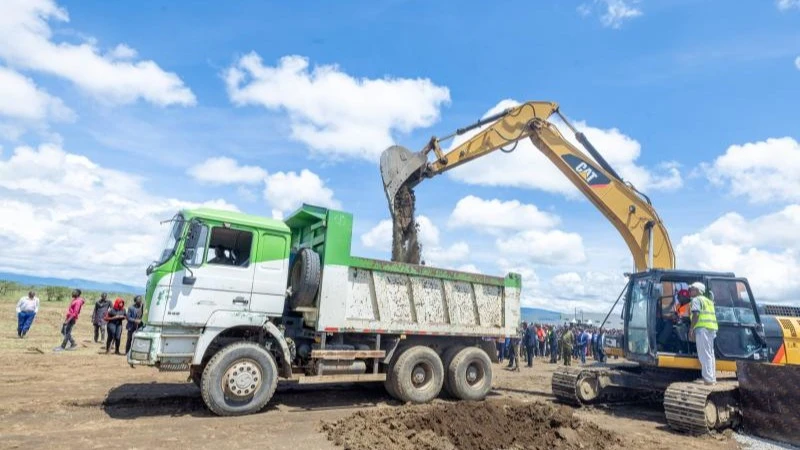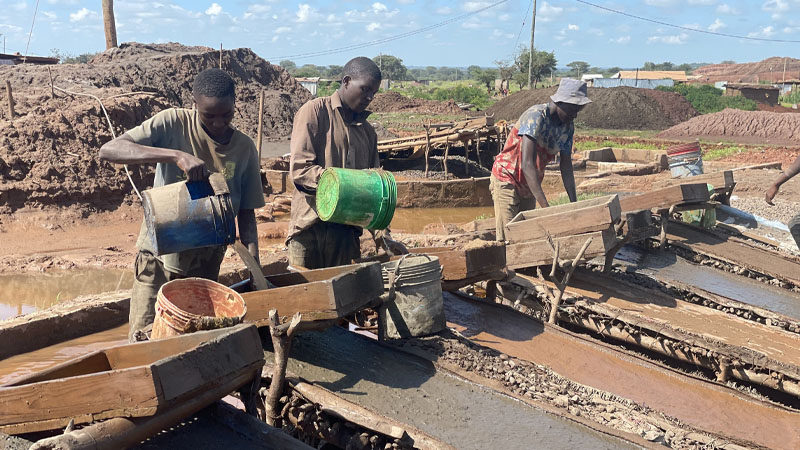Hopes for farmers as cassava prices increase in Tanga
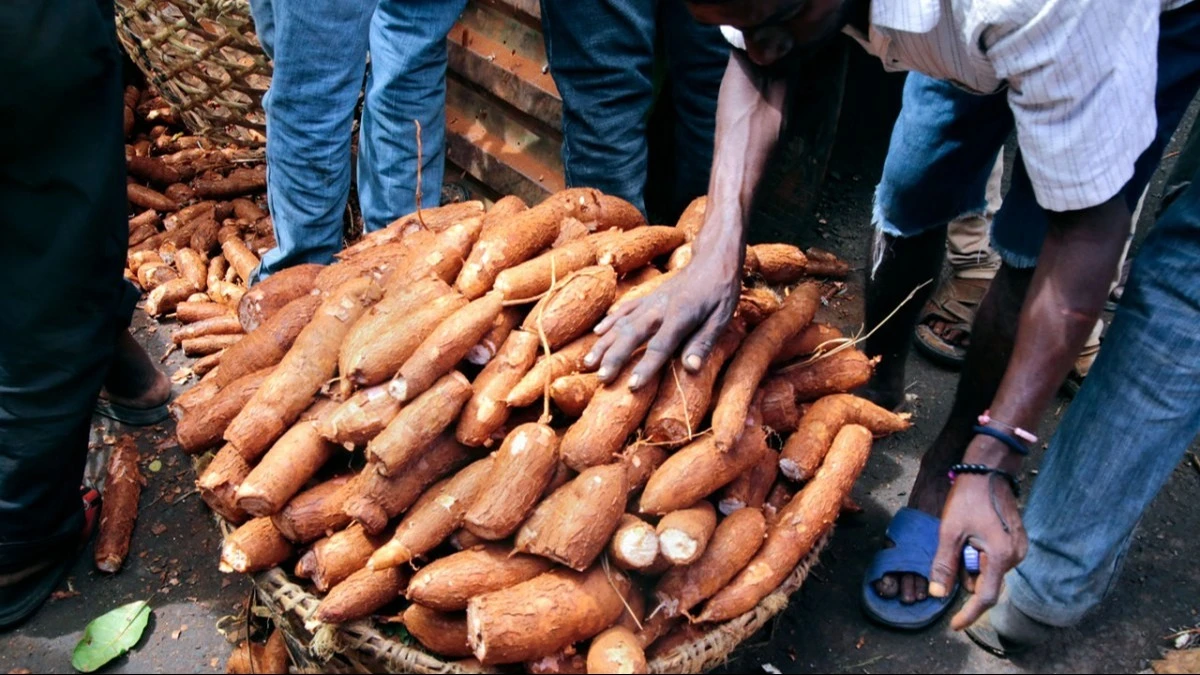
THE soaring prices of cassava in the districts of Handeni, Kilindi, Korogwe, Muheza, and Mkinga in the vibrant Tanga region, have experienced a remarkable surge, heralding a substantial uptick in farmers' earnings.
The recent market survey conducted by The Guardian, reveals a staggering surge in the prices of cassava, with a sack weighing a minimum of 120 kilograms; is commanding prices ranging from 80,000/- to 100,000/-, a significant leap from the 60,000/- range observed just two months prior.
One acre of cultivated cassava now demands astounding prices ranging from 1,000,000/- to 1,200,000/-, with promising market opportunities flourishing in Moshi, Arusha, and Dar es Salaam.
In the realm of retail prices, consumers now find themselves reaching into their pockets to acquire a kilo of cassava, with prices hovering between 1,500/- and 1,850/-. This notable surge unquestionably represents a well-deserved windfall for the diligent farmers in the region.
The jubilant voices of farmers interviewed by The Guardian echoed resounding joy over the newfound profitability of their cassava crop.
As the harvesting season unfolds between the months of late April and late June, farmers are reaping the rewards of their labor with renewed vigor and enthusiasm.
Further, farmers have highlighted another reason is the shortages of maize, where consumers have opted for cassava flour as an alternative staple.
"During cyclones rains seasons (Masika) there are high demands of maize and rice, as main foods for many homes; that is why the prices are going high. Other people are opting cassava as alternative food to reduce the consumption burden from rising maize and rice prices," said Mohamed Mdoe, chairman of cassava growers at Mkata ward, Handeni district.
Jumanne Haji, a wholesaler buying cassava from farmers in Handeni, Muheza, Mkinga and Pangani and transporting to Buguruni, Ilala and Shekilango markets in Dar es Salaam had said that apart from ensuring food security, cassava farming also create economic opportunities for many women in urban areas.
" For myself everyday I'm transporting three tonnes of cassava to Dar es Salaam, many of my customers are women who taking it and frying for vending in streets, while others are selling it as raw by selling in with ground nuts, pieces of coconuts, carrots( popular known as Kifurushi) selling on basin along highways of Dar es Salaam city".
Cassava is the third most important staple food crop in Tanzania after maize and rice.
Tanzania is among of the largest cassava producer in the world and the 6th largest in Africa after Nigeria (top producer in the word), Ghana, DRC, Angola, and Mozambique.
Through the National Cassava Development Strategy 2020-2030, the ministry of agriculture says although there are great opportunities for cassava commercialization in Tanzania, these are hindered by fluctuating annual fresh cassava production and productivity which have been ranging from four to eight tons per hectare.
Factors contributing to such low production and productivity include low application of improved technologies along the value chain, infestation of pests and diseases; unreliable rainfall due to climatic changes; low levels of investment into cassava sub-sector; inadequate markets and limited market information amongst stakeholders.
National Cassava Development Strategy provides strategic interventions that focus on increasing current production by three folds in line with product quality improvement that responds to the growing demand.
The key expected outcomes from this strategy will includes increased production and productivity; increased adoption of improved technologies along the cassava value chain; improved cassava marketing and related infrastructures; employment creation and overall economic growth.
Top Headlines
© 2024 IPPMEDIA.COM. ALL RIGHTS RESERVED


